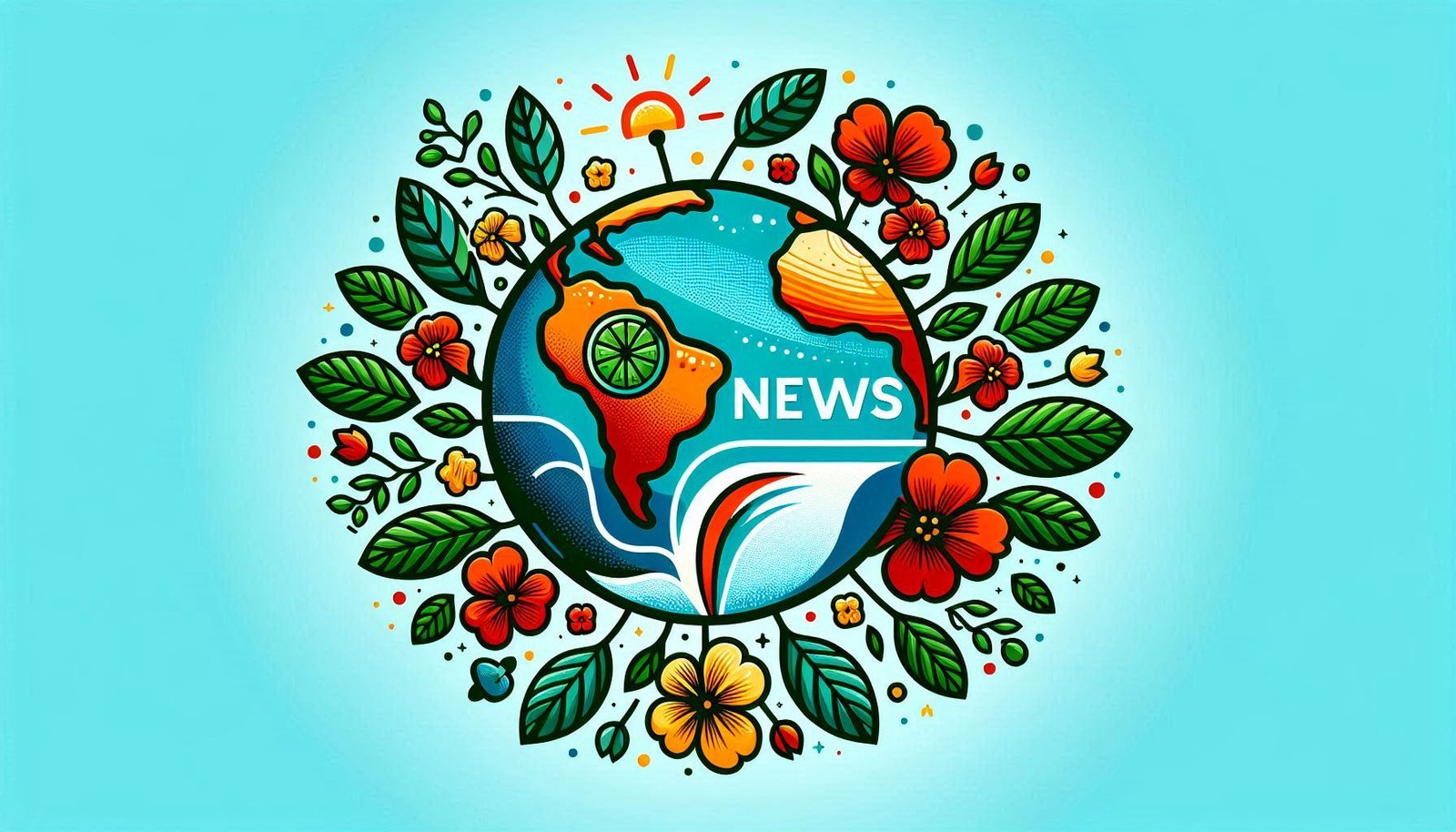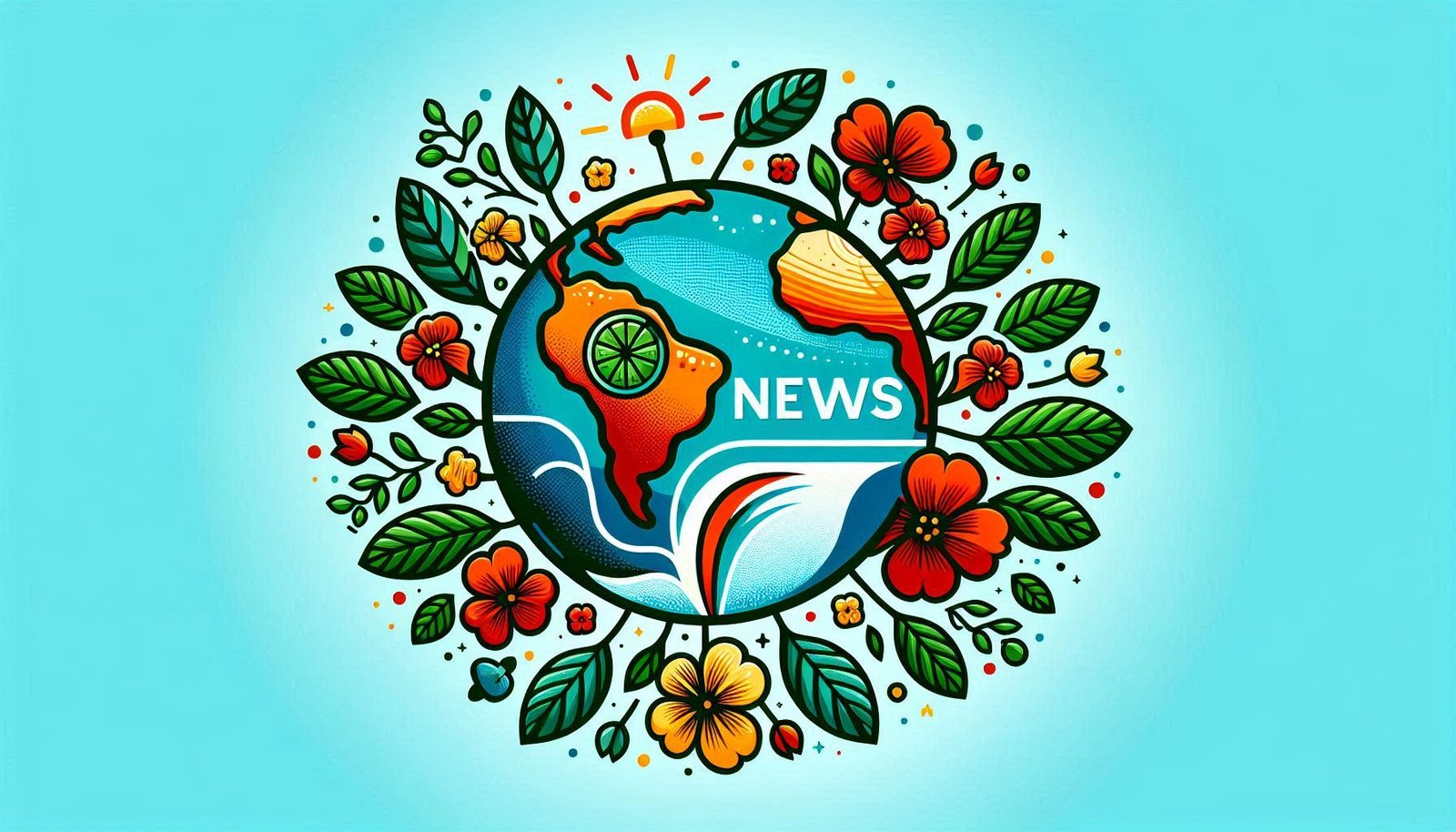Climate Change and Rising Costs Challenge Plateau Irrigation Farmers
Climate Change and Rising Costs Pose Challenges for Plateau Irrigation Farmers
Farmers in the Plateau region are grappling with the dual threats of climate change and increasing agricultural input costs, which are significantly impacting their irrigation practices and overall productivity. As weather patterns become more unpredictable, farmers face challenges such as prolonged droughts, intense rainfall, and temperature fluctuations that disrupt traditional farming cycles.
The Plateau region, known for its diverse agricultural landscape, relies heavily on irrigation to sustain crop yields. However, the rising costs of essential inputs such as seeds, fertilizers, and fuel are putting additional financial strain on these farmers. Many are forced to reconsider their farming methods and explore alternative strategies to maintain their livelihoods.
The Impact of Climate Change on Agriculture
Climate change has led to shifts in seasonal weather patterns, making it increasingly difficult for farmers to plan their planting and harvesting schedules. Unpredictable rainfall not only affects water availability for irrigation but also increases the risk of crop diseases and pests, further threatening food security in the region.
Moreover, the rising temperatures can lead to increased evaporation rates, which diminishes the efficiency of irrigation systems. Farmers are now seeking innovative solutions such as rainwater harvesting and the adoption of drought-resistant crop varieties to combat these challenges.
Soaring Input Costs and Their Implications
In addition to environmental challenges, the cost of agricultural inputs has surged in recent years, driven by factors such as inflation, supply chain disruptions, and increased global demand. This surge has forced many farmers to cut back on essential inputs, potentially compromising the quality and quantity of their produce.
To counter these rising costs, farmers are exploring collaborative approaches, such as forming cooperatives to pool resources and share knowledge. This strategy not only helps in reducing individual expenses but also fosters a sense of community among farmers, enabling them to collectively address the challenges posed by climate change and economic pressures.
Government and Community Support
Addressing the issues faced by Plateau irrigation farmers requires concerted efforts from government agencies, non-governmental organizations, and local communities. Initiatives aimed at providing subsidies for agricultural inputs, investing in irrigation infrastructure, and promoting sustainable farming practices are critical for ensuring the long-term viability of agriculture in the region.
Furthermore, educational programs focused on climate adaptation strategies can empower farmers to make informed decisions and implement practices that enhance resilience against climate variability.
Conclusion
As Plateau irrigation farmers navigate the complexities of climate change and rising input costs, it is essential to foster collaboration and innovation within the agricultural sector. By leveraging community support and adopting sustainable practices, these farmers can work towards securing their livelihoods and contributing to the region’s food security in an ever-changing environment.


